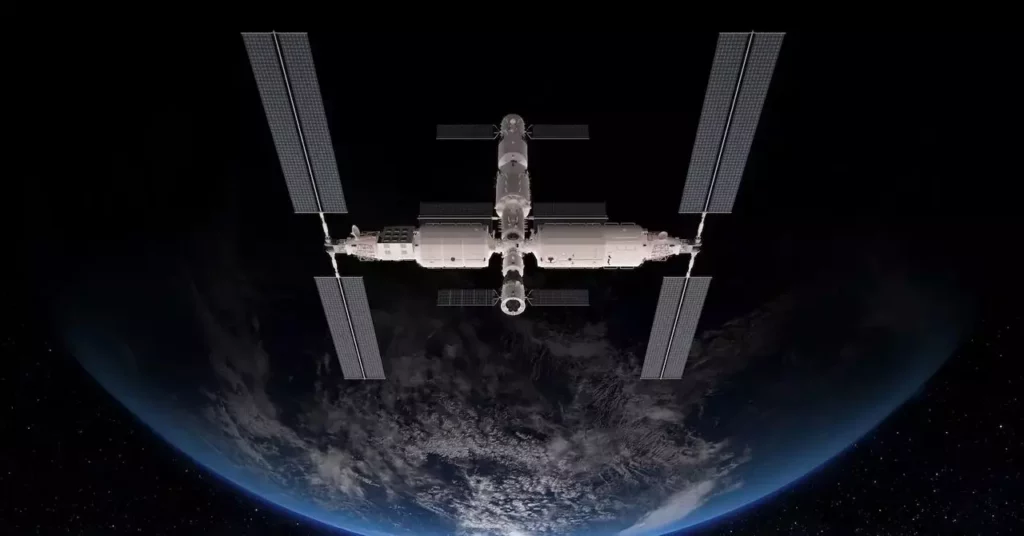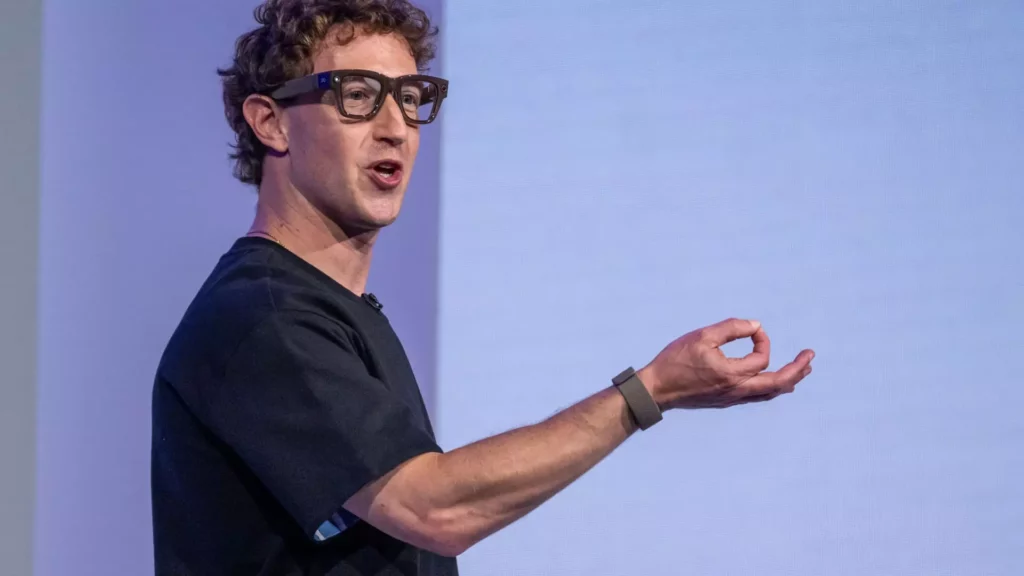In today’s fast-paced world, technology stands as both a beacon of hope and a source of anxiety. At the forefront of this technological revolution is Amazon, which has introduced its groundbreaking Vulcan robot. Unlike prior robotic systems that struggled with finesse, Vulcan’s proficiency in tactile interactions is a game changer. It embodies a significant departure from traditional robotic inadequacies, signaling the dawn of a new era in warehouse fulfillment. This robot is not just a tool; it redefines how we understand the relationship between machines and their environment, showcasing an innovative blend of human-like tactile sensitivity with automation.
Imagine a robot that can delicately handle objects just as a human would, effectively blurring the lines between man and machine. Vulcan’s advanced touch capabilities are not merely a novelty but a testament to the potential future of robotics. The engineering behind its sophisticated arm allows it to extend and manipulate items with an astonishing degree of precision. With this technological leap, Amazon is reshaping the operational landscape in warehouses and manufacturing facilities, and with it, the very aspects of labor and productivity.
A Collaborative Future: Humans and Robots Working Together
One of the most noteworthy aspects of Vulcan’s deployment within Amazon’s fulfillment centers is the emphasis on collaboration rather than replacement. Critics of automation often fear a future devoid of human employment, but Amazon’s approach with Vulcan paints a different picture. The objective is not to cut out human jobs but to alleviate some of the strenuous, repetitive tasks that often lead to fatigue and injuries. This recognition of human limitations speaks volumes about how Amazon views the role of technology in the workforce.
Vulcan acts as an efficient partner, working side-by-side with human employees, each playing their respective roles in the fulfillment ecosystem. While humans possess creativity, critical thinking, and adaptability, Vulcan is equipped to handle monotonous tasks, enhancing overall productivity. Such a hybrid approach presents a more viable and sustainable model for the future, where robots assist rather than overshadow human workers.
The Power of Machine Learning: Adapting to Real-World Challenges
Amazon has enriched Vulcan with advanced machine learning algorithms that enable the robot to learn from its surroundings and adapt to various real-world challenges. This dynamic learning process makes Vulcan more than just another piece of machinery; it evolves into a smart assistant that reuses experiences to inform its actions. The intricacies of robotic development point to a future where machines become ever more intuitive in their operations, closely resembling human problem-solving approaches.
However, this doesn’t come without caveats. While Vulcan makes considerable strides in mimicking human touch, it remains fundamentally different from human operators. Experts like Ken Goldberg remind us that the complexity and sensitivity of human touch are still miles ahead of current robotic capabilities. This brings to light a crucial conversation about the balance between technological advancement and the human touch—both physically and metaphorically—in the logistics industry.
The Ethical Implications of Robotics and Human Labor
As we advance toward a more automated world, ethical considerations mustn’t be overshadowed by the excitement of progress. The increasing reliance on robots raises pertinent questions about the future of labor and the implications for human workers. While Vulcan’s innovations might augment productivity, we must consider the risks of displacing jobs and creating a divide between skilled and unskilled labor.
By acknowledging the necessity of human creativity and oversight, Amazon sets a precedent for how companies can effectively harness the power of robotics while still valuing human labor. This balanced outlook encourages dialogue around the ethical use of technology and what a future workforce may look like. It’s a nuanced perspective that allows for progress while safeguarding the contributions of individuals who drive innovation.
The arrival of Amazon’s Vulcan robot heralds an exciting chapter in the evolution of robotic integration within the workforce. As we stride into a future characterized by increasing automation, the dual commitment to human employment and technological advancement will define how society adapts to change. Rather than diminishing the human touch, Vulcan’s capabilities serve to enhance and facilitate human labor, opening a door to new opportunities. While challenges remain, the balance between automation and human participation crafts a narrative rich in potential and promise, ensuring that the future of work remains an inclusive endeavor.









Leave a Reply